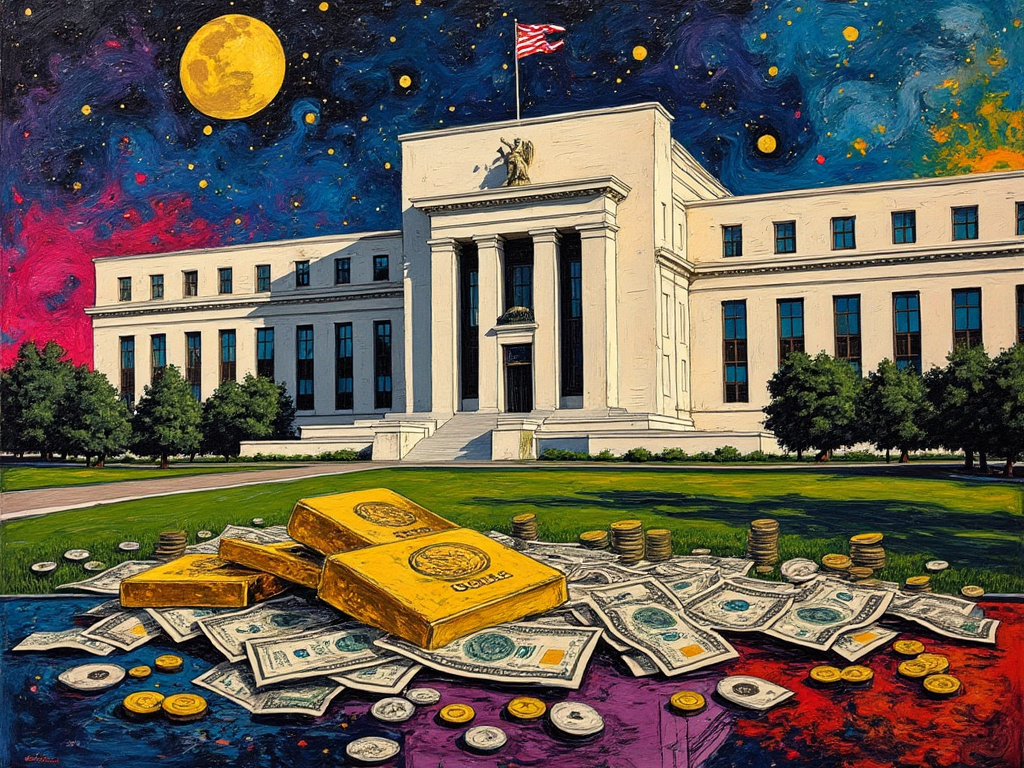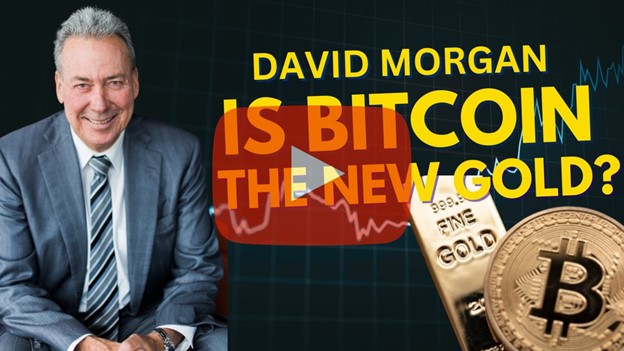Mike Maharrey began by exploring the alarming financial state of the Federal Reserve, which reported a $19.9 billion operating loss for the third quarter of 2023. This marked a continuation of the central bank’s losses, which have totaled over $200 billion since the fourth quarter of 2022.
The losses are attributed to a mismatch between the Fed’s short-term liabilities, such as interest payments on bank reserves, and its long-term fixed-rate assets purchased during periods of near-zero interest rates.
Additionally, the Fed holds unrealized losses on its bond portfolio of $818 billion, a figure that could exceed $1 trillion by the end of the year. Maharrey explained how the Fed’s unique accounting practices allow it to convert losses into “deferred assets,” avoiding the repercussions that private businesses would face.
However, these financial losses ultimately burden taxpayers, as reduced remittances to the Treasury exacerbate budget deficits and contribute to the national debt, which now stands at more than $36 trillion.
Inflation: A Persistent Threat
Inflation was another key focus of the episode, with Maharrey emphasizing that rising prices are merely a symptom of monetary inflation—an increase in the money supply. He referenced Milton Friedman’s insight that “inflation is always and everywhere a monetary phenomenon” to underscore that localized price increases, such as those caused by tariffs, do not equate to true inflation.
Maharrey explained that the Federal Reserve’s quantitative easing policies during the pandemic injected nearly $5 trillion into the economy, significantly expanding the money supply and driving inflationary pressures.
While the Fed has raised interest rates in an effort to combat inflation, Maharrey argued that this is a temporary measure. He predicted that the central bank would eventually return to quantitative easing and near-zero interest rates during the next economic crisis, which would likely exacerbate inflation in the long term.
Gold and Silver Markets
Maharrey provided an update on the precious metals markets, noting that gold prices have remained stable at $2,600 per ounce despite recent corrections and volatility. He highlighted Jesse Colombo’s analysis of the recent “Trump shock selloff,” describing the market reaction as irrational and short-term in nature.
Maharrey urged listeners to focus on the long-term fundamentals underpinning the gold and silver markets, such as the national debt, persistent inflation, and the Federal Reserve’s monetary policy. Precious metals, he explained, continue to serve as a reliable hedge against economic instability. Maharrey encouraged investors to view the recent correction in gold and silver prices as an opportunity to make strategic purchases.
Solutions and Recommendations
To safeguard wealth in uncertain economic times, Maharrey underscored the importance of holding physical precious metals. He commended JP Cortez and the Sound Money Defense League for their efforts to promote state-level sound money policies, which could gradually undermine the Federal Reserve’s dominance.
While Maharrey expressed doubt that Congress would take meaningful action to reform or dismantle the Fed, he stressed that individuals have the power to protect their financial well-being by investing in gold and silver. He urged listeners to contact Money Metals Exchange for expert guidance and to take advantage of favorable market conditions.
Final Thoughts
In his closing remarks, Maharrey emphasized the systemic risks posed by the Federal Reserve’s financial practices and their implications for taxpayers and the broader economy. He reiterated the need for proactive measures, such as investing in precious metals, to prepare for potential economic crises.
Read the full article here












Leave a Reply